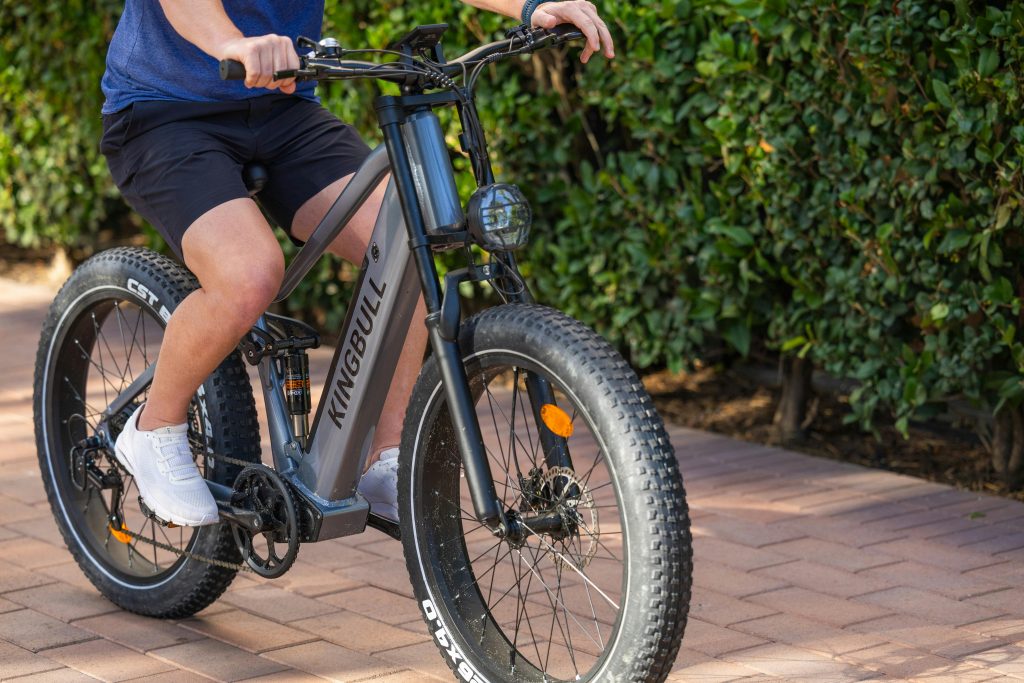

Electric bikes have grown in popularity due to their versatility, convenience, and eco-friendliness. But many riders wonder: can electric bikes get wet? Understanding how water interacts with your e-bike’s components is essential for safe use and long-term maintenance.
How Electric Bikes Handle Water
Electric bikes are designed to withstand some exposure to water, such as light rain or puddles. Most modern e-bikes have weather-resistant components, including:
- Sealed battery packs to prevent water from entering the cells
- Waterproof wiring harnesses to protect electrical connections
- Motor casings that prevent water from damaging internal mechanisms
However, “waterproof” does not mean you can submerge your e-bike. Heavy rain, deep puddles, or riding through flooded areas can pose serious risks.
Key Takeaway: Light rain or splashes are generally safe, but prolonged exposure can damage the battery, motor, and electronics.
Safety Precautions for Riding in the Rain
conditions require extra attention.
Avoid puddles or standing water
- Puddles can hide potholes, debris, or uneven surfaces.
- Slow down and cross carefully to maintain balance.
Ride slower and brake earlier
- Wet surfaces reduce traction and increase stopping distance.
- Maintain a safe distance from vehicles or other riders.
Use fenders or mudguards
- Prevent water from splashing onto the bike’s electronics, battery, or motor.
- Keeps your clothes cleaner and reduces mud splatter.
Wear waterproof clothing and reflective gear
- Stay dry and comfortable with waterproof jackets, gloves, and pants.
- Reflective clothing or lights increase visibility in low-light, rainy conditions.
Maintain heightened awareness
- Rain can reduce your visibility and that of other drivers.
- Watch out for slippery road markings, leaves, and metal surfaces like manhole covers.
By following these precautions, you can safely enjoy rainy-day rides, protect your e-bike, and minimize the risk of accidents or damage.
Protecting Your Battery and Electrical Components
The battery is the heart of an electric bike. Water damage can reduce performance or permanently harm the battery. Tips to protect it include:
- Remove the battery before washing or submerging your bike
- Wipe off water promptly after a rainy ride
- Store indoors after exposure to wet conditions
- Inspect for cracks or leaks in the battery casing
These small steps help extend the life of your e-bike’s most expensive component.
Motor and Controller Considerations
The motor and controller are usually sealed but not entirely impervious to water. To avoid damage:
- Avoid high-pressure water directly on the motor
- Check wiring connections for signs of corrosion
- Inspect motor mounts regularly for loose or worn seals
- Keep connectors dry and apply dielectric grease if recommended
These measures prevent electrical shorts and costly repairs.
How Wet Conditions Affect Performance
Rainy or wet conditions can significantly impact how your electric bike performs. Understanding these effects helps you ride more safely and maintain your bike properly.
Reduced traction
- Wet tires and slick roads increase the risk of slipping.
- Take corners slowly and avoid sudden turns to maintain control.
Longer braking distances
- Water on rims, discs, or brake pads can reduce braking efficiency.
- Begin braking earlier and apply pressure gradually to prevent skidding.
Slower acceleration
- Water and wet surfaces create extra resistance for the motor and drivetrain.
- Expect slower starts, especially on inclines, and pedal gently to support the motor.
Mud and debris buildup
- Rain can wash dirt and debris onto the chain, gears, and cassette.
- This can cause increased wear and reduce smooth gear shifting.
Electrical considerations
- Most e-bikes are water-resistant, not waterproof.
- Avoid submerging the bike or exposing connectors and battery ports to excessive water.
Preventive measures
- Clean and dry the drivetrain after wet rides.
- Check brake performance and tire condition regularly.
- Adjust your riding style to accommodate wet conditions.
By understanding and preparing for these effects, you can enjoy riding in the rain while keeping your e-bike safe, efficient, and long-lasting.
Cleaning Your Electric Bike Safely
Cleaning is essential after riding in wet or muddy conditions, but improper cleaning can damage your e-bike:
- Use a damp cloth or gentle spray, not a pressure washer
- Avoid directly spraying the motor or battery
- Dry all components thoroughly
- Lubricate the chain and moving parts to prevent rust
Proper post-ride care ensures your e-bike stays in top shape.
Storing Your Electric Bike After Rain
Proper storage after riding in wet conditions is essential to maintain your electric bike’s performance and longevity. Even water-resistant e-bikes can develop problems if left damp.
Dry thoroughly
- Wipe down the frame, tires, and drivetrain with a clean, dry cloth.
- Pay special attention to areas around the battery, motor, and connectors to prevent moisture buildup.
Store indoors or under cover
- Keep your e-bike in a garage, shed, or covered area.
- If indoor storage isn’t available, use a waterproof bike cover to protect against rain and humidity.
Remove the battery
- Taking out the battery prevents water from seeping into electrical components.
- Store the battery in a dry, cool place to preserve its lifespan.
Check tires and brakes
- Wet rides can reduce tire pressure and affect brake performance.
- Inspect tires for embedded debris and ensure brakes are functioning properly before the next ride.
Prevent corrosion
- Apply a light lubricant to the chain, gears, and other metal components to prevent rust.
- Inspect the motor and connectors for any signs of moisture or damage.
Routine maintenance
- Make post-rain cleaning part of your regular maintenance schedule.
- This keeps your e-bike safe, reliable, and ready for your next adventure.
By following these steps, you protect both the mechanical and electrical parts of your e-bike, ensuring it continues to perform optimally even after rainy rides.
Can You Ride in Heavy Rain?
While light rain is manageable, heavy rain or flooding is risky:
- Avoid deep water as it can reach the motor and battery
- Limit exposure to constant rain to prevent water ingress
- Plan your route to avoid hazards like puddles, mud, and debris
By respecting these limits, you minimize the chance of damage and accidents.
Pedaling on Wet Rides
Even in wet conditions, pedaling helps control your e-bike. Electric motors provide assistance, but human input improves stability:
- Better traction control: Pedaling gradually reduces sudden acceleration
- Battery conservation: Using your legs decreases motor strain
- Enhanced balance: Controlled pedaling keeps your bike steady
For riders who wonder, “do you have to pedal an electric bike?” pedaling is always optional, but it provides more control, especially in wet conditions.
Maintenance Checklist After Riding in Wet Conditions
Riding your electric bike in wet weather can be fun, but it also increases the risk of damage if proper care isn’t taken afterward. A simple maintenance routine helps prevent long-term issues and keeps your e-bike performing at its best.
Dry the frame and components
- Use a clean, dry cloth to wipe off water from the frame, wheels, and drivetrain.
- Focus on the motor casing, battery area, and connectors where water can collect.
Inspect electrical connectors
- Check all plugs, charging ports, and wires for moisture or corrosion.
- If you notice water, dry carefully with a soft cloth or compressed air before storing the bike.
Check brakes and tires
- Wet conditions can reduce brake efficiency, so ensure disc or rim brakes are free of mud and debris.
- Inspect tires for pebbles or grit lodged in the tread that could damage them or reduce traction.
Lubricate moving parts
- Apply bike-specific lubricant to the chain, derailleur, and pivot points to prevent rust.
- Avoid over-lubricating, which can attract dirt and grime.
Charge the battery safely
- Always remove the battery and charge it indoors away from water.
- Ensure the battery contacts are dry to prevent electrical issues.
Final check
- Take a quick test ride indoors or in a safe area to ensure everything feels smooth and responsive.
By following these steps after every wet ride, you’ll extend the lifespan of your e-bike and enjoy safe, reliable performance on every outing.
Final Thoughts
So, can electric bikes get wet? Yes, to some extent. Modern e-bikes are designed to handle light rain, puddles, and splashes. However, heavy rain, flooding, and prolonged exposure can damage electrical components. With careful riding, proper cleaning, and routine maintenance, your electric bike can survive wet conditions safely.
Remember, riding responsibly in rain, protecting your battery and motor, and performing post-ride care are the keys to extending your e-bike’s life and enjoying safe, wet-weather rides.
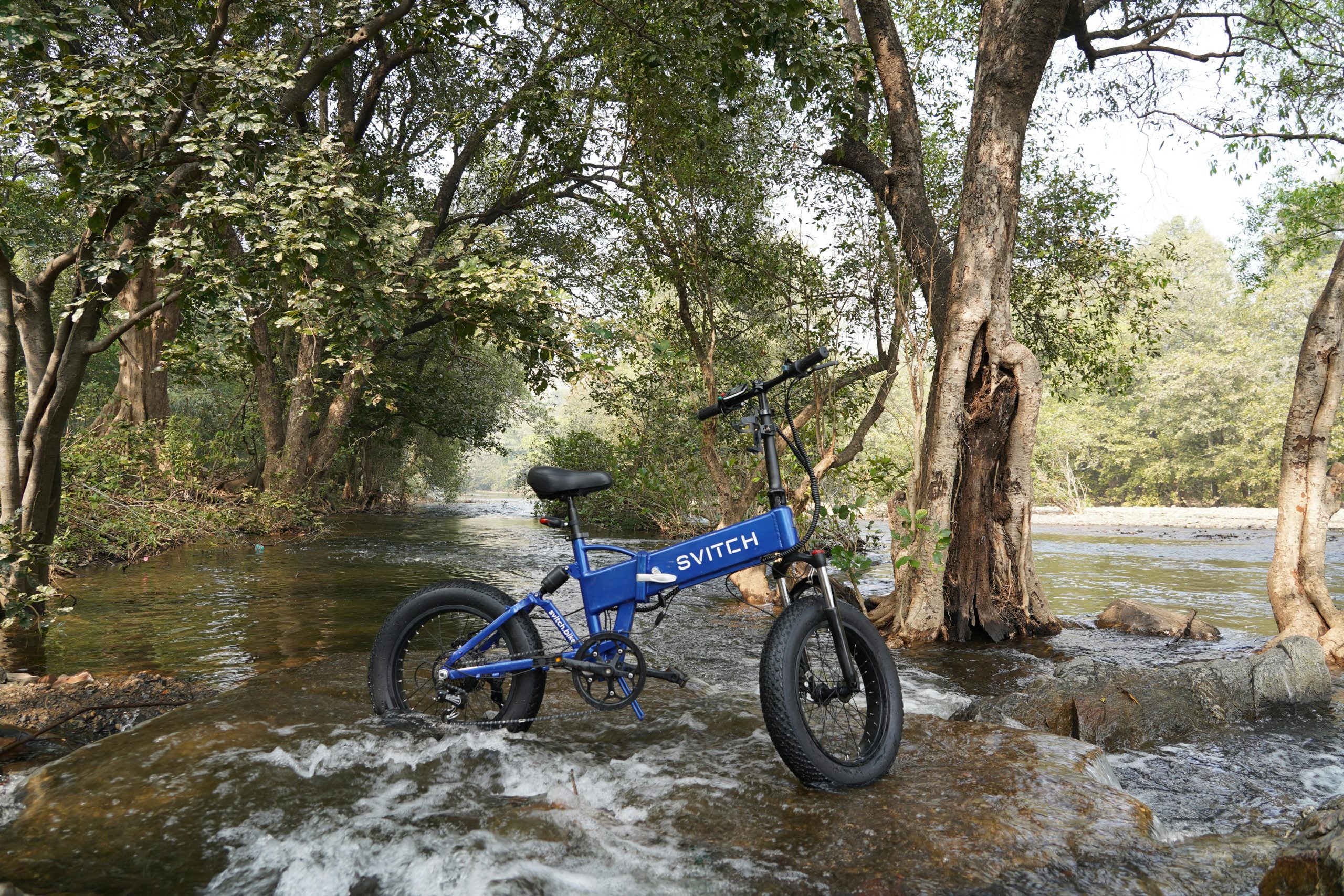
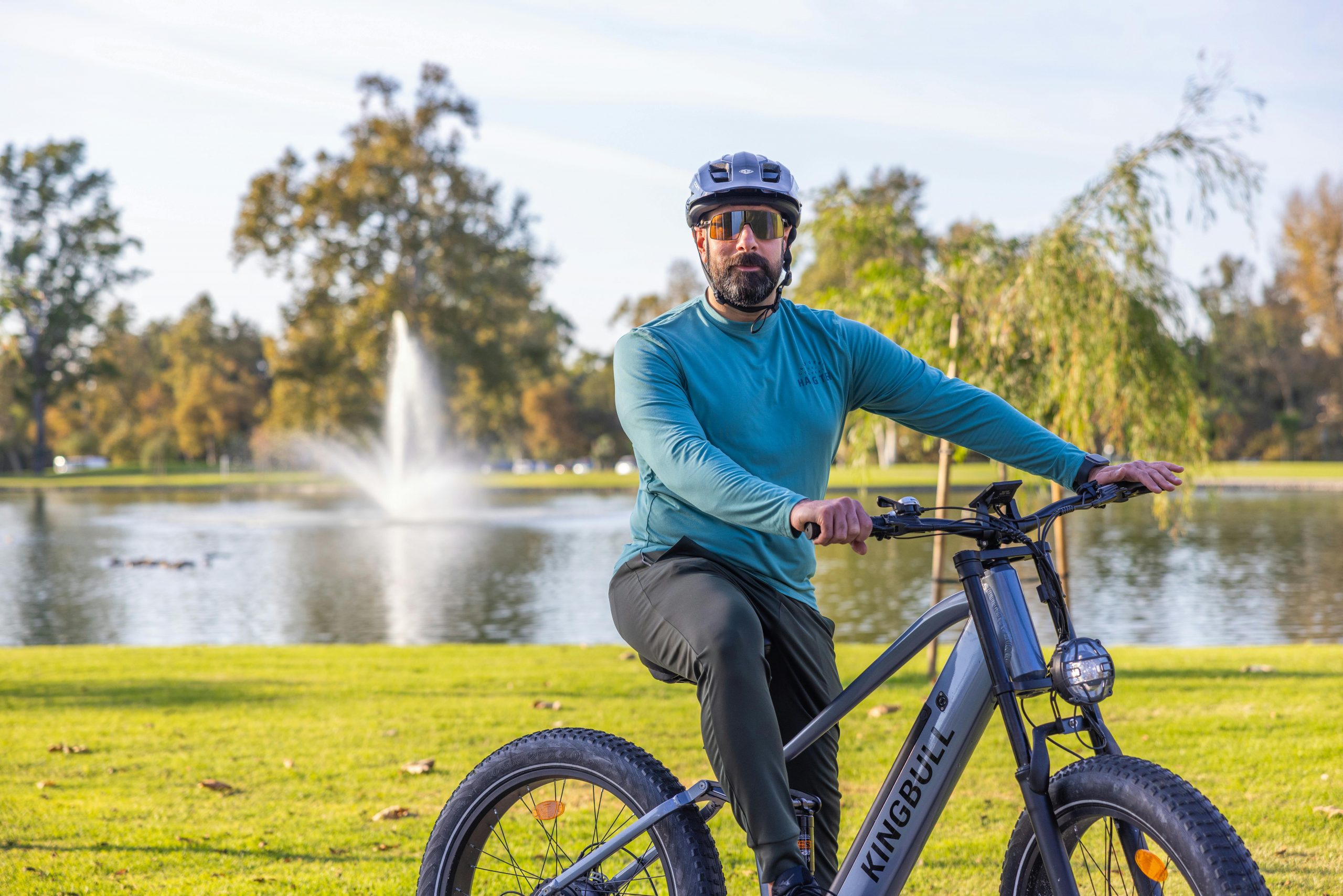
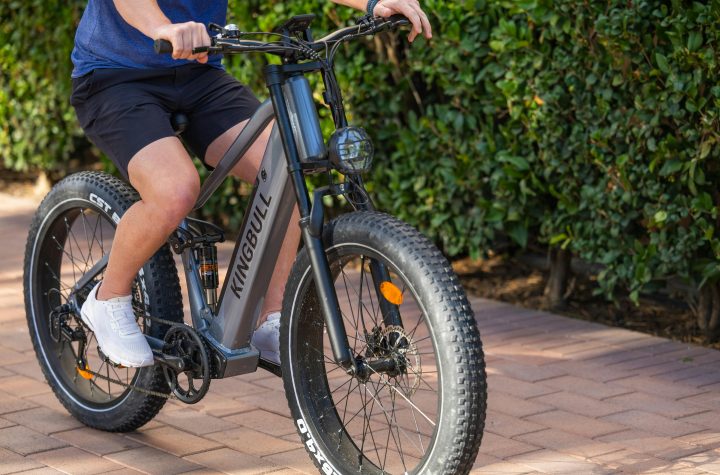
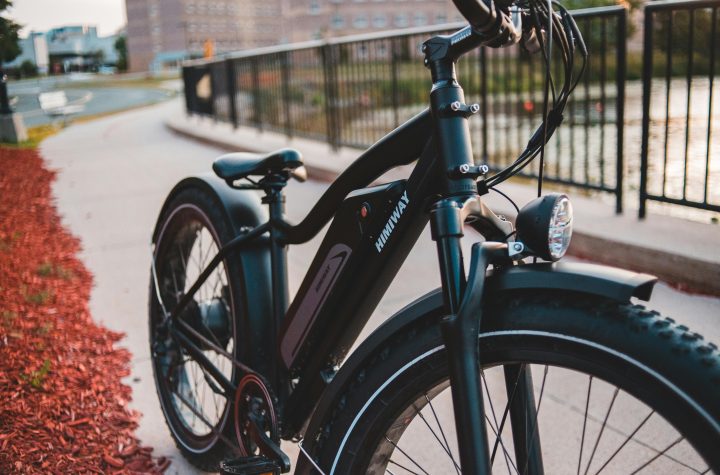
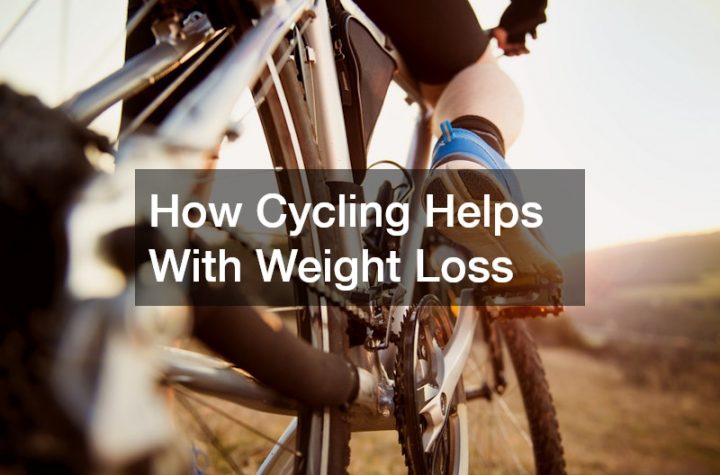
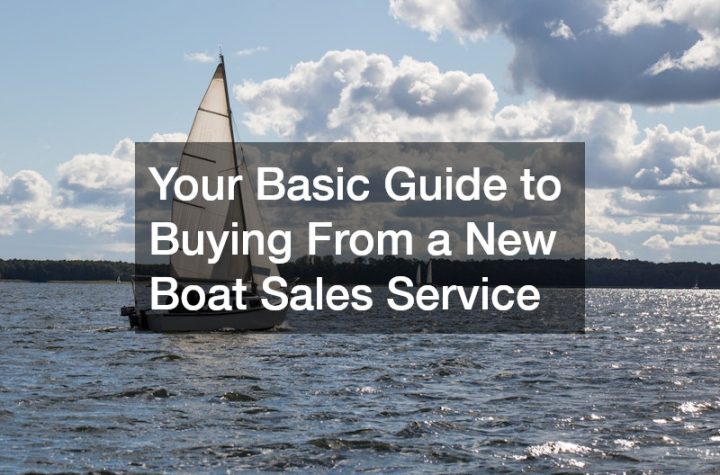
More Stories
Do You Have to Pedal an Electric Bike? Find Out Here